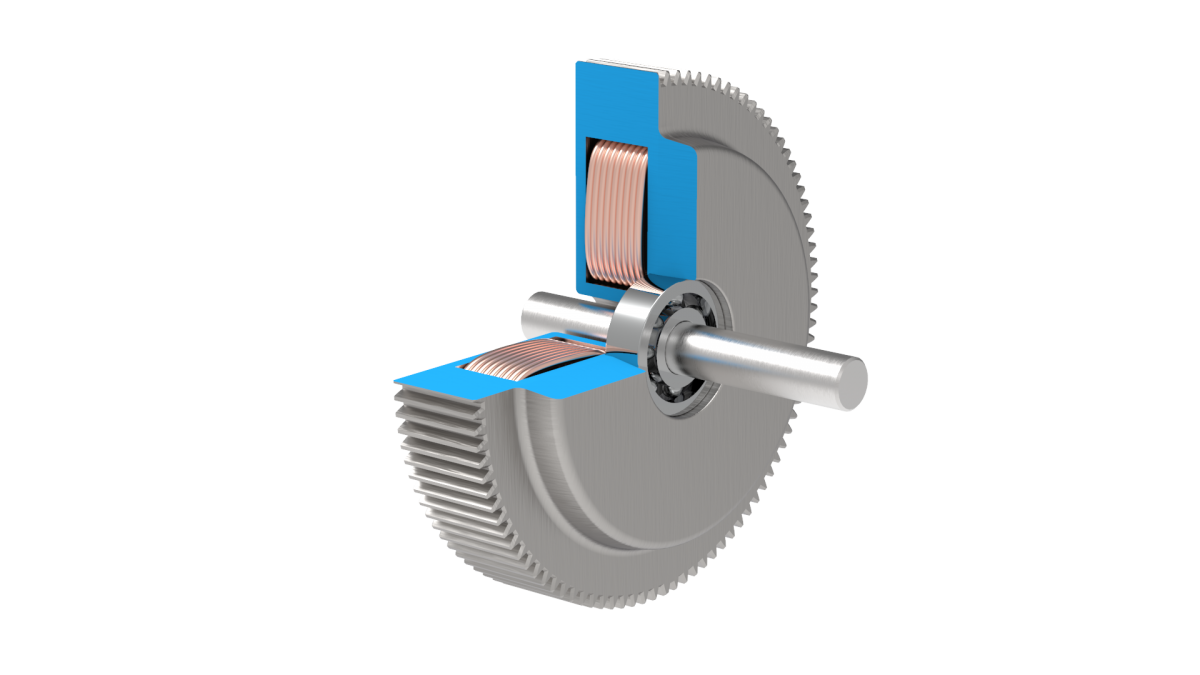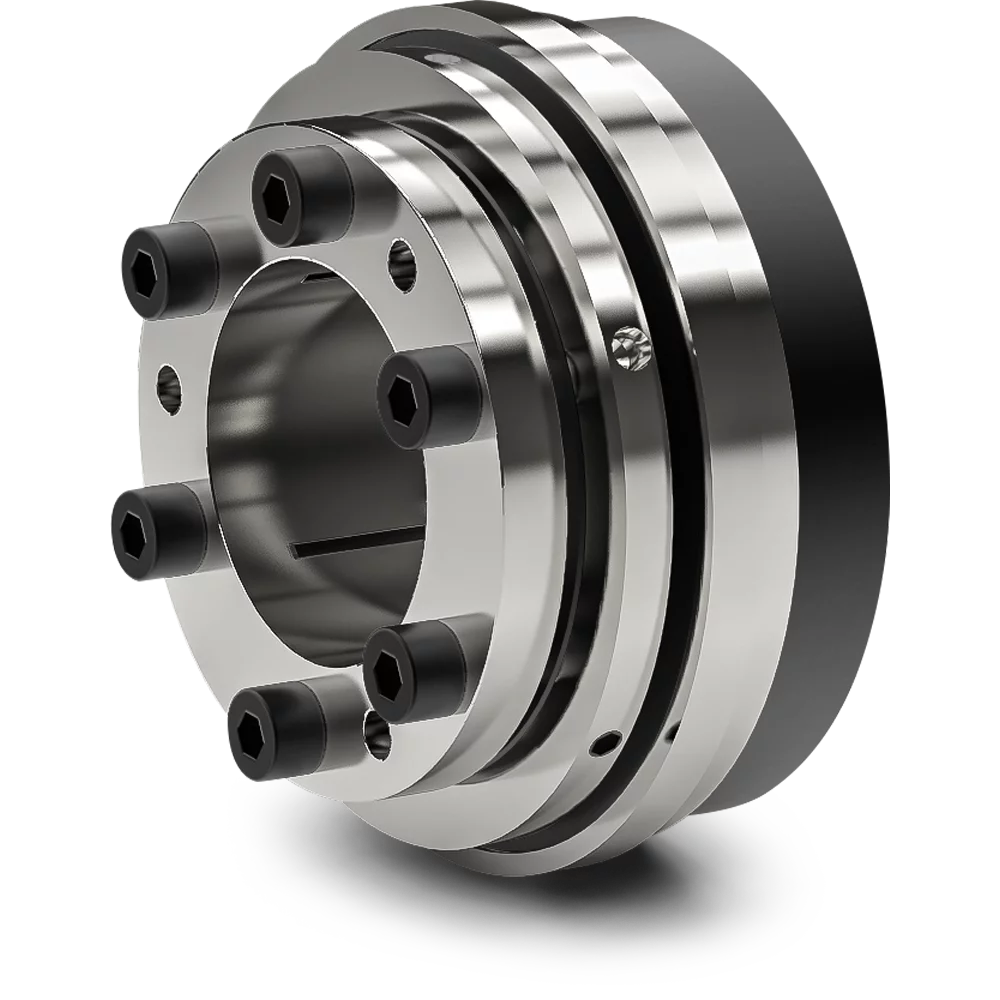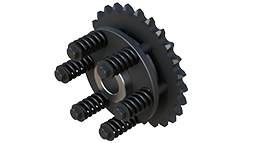Product Description
Order now, ship now!!!
Product Description
Belt tensioner is the most widely used type of bearing used in the machinery industry for precision instruments, low-noise machinery, automobiles, motorcycles, general machinery, etc.
| Model | 13505-74571 |
| Brand | According to customer requirements |
| Car model | Camry Celica |
| Material | According to customer requirements |
| Packaging | Carton or customized box |
| Type of shipping | Express and sea freight, etc |
Operating bearing models: Mercedes-Benz, CHINAMFG ta, Honda, BMW, Mitsubishi, Audi, Ford, Chevrolet, Volkswagen, CHINAMFG ……
There are more than these in stock, welcome to inquire! ! !
Detailed Photos
High-quality materials, high hardness, high temperature resistance, suitable for harsh environments and high-intensity work.
The sealing ring material is made of high-quality high-temperature resistant material, which is more wear-resistant, not easy to fall off, and the bearing life is longer.
The lubricating grease adopts the lubricating grease with anti-rust, high temperature resistance and excellent lubricating performance.
Small size, high power, high torsion, high speed, quick start, quick stop.
High quality:
Our goods have been pre-tested many times before leaving the factory, and only sell high-quality products.
Precise assembly: The surface of our bearing has been precisely ground many times to ensure the accuracy of assembly.
Easy installation: Our products are precision machined for easy installation and smoother bearing operation.
A. SOLUTION
Professional and specific optimum solution based on customers’ demand and condition.
B. PRODUCTION
Conform to ISO 9001 quality system, using advanced production equipment, sophisticated processing technology, strict quality management system, skilled workers and innovative technical team, keep improving in technology.
C. QUALITY CONTROL (Q/C)
In accordance with ISO standards, professional Q/C staff, precision testing instruments and internal inspection system, contributing to quality control implemented in every process from material receiving to products packaging to ensure bearings’ best quality.
D. PACKAGE
Standardized export & environment-protected packing material are used for bearings, the custom boxes, labels, barcodes etc. can also be customized.
E. LOGISTIC
Express, CHINAMFG & air transportation are all available, normally CHINAMFG transportation is more competitive for heavy weight.
F. WARRANTY
We warrant bearings to be free from defects in material & workmanship for a 12 months period from shipping date, this warranty is voided by non-recommended use, improper installation or physical damage.
G.Quick reply:
Our staff provides a 24 hour online service with a response less than 2 hours.
H.Short delivery time:
the factory stock up in large quantities to ensure that the order is delivered quickly; The company is close to the port of HangZhou and cooperates with a number of express companies to ensure fast delivery.
Customer Photos:
Certifications
Packaging & Shipping
Packing Details:
1. plastic tube+carton+pallet
2. plastic bag+carton+pallet
3. white blank box+carton+pallet
4. brand box+carton+pallet
5. customized box+ pallet
Delivery Details : 2-7 days after receive the payment
Company Profile
HangZhou Clunt Bearing Co., Ltd. Is a professional manufacturer of bearings for 9 years, the main products are deep groove ball bearings, tapered roller bearings, cylindrical roller bearings, self-aligning ball bearings, self-aligning roller bearings, joint bearings, hub units, bearing with seat, chain and sprocket, etc. The company has a group of professional technical team and service personnel, after more than 9 years of efforts, our products have been sold all over the world and with many countries to establish a long-term cooperative relationship with dealers, committed to create “integrity, quality based” international manufacturers, welcome friends from all over the world!
Contact information:
/* January 22, 2571 19:08:37 */!function(){function s(e,r){var a,o={};try{e&&e.split(“,”).forEach(function(e,t){e&&(a=e.match(/(.*?):(.*)$/))&&1
| After-sales Service: | Support |
|---|---|
| Warranty: | Support |
| Type: | Tensioner Bearing |
| Material: | Chrome Steel |
| Tolerance: | P6 |
| Certification: | ISO9001 |
| Customization: |
Available
|
|
|---|

What are the signs that indicate a need for tensioner roller replacement, and how can they be diagnosed?
Identifying the signs that indicate a need for tensioner roller replacement is crucial for maintaining the optimal performance and reliability of a belt drive system. Here’s a detailed explanation of the signs and diagnostic methods for determining when tensioner roller replacement is necessary:
1. Excessive Belt Slack:
If the tensioner roller has worn out or lost its tensioning capability, it may result in excessive belt slack. Excessive belt slack can be observed visually by noticing sagging or drooping of the belt between pulleys. To diagnose this, visually inspect the belt and check for any significant slack or looseness. Excessive belt slack indicates that the tensioner roller is no longer providing adequate tension and should be replaced.
2. Belt Misalignment:
A failing tensioner roller can lead to belt misalignment, causing the belt to deviate from its intended path. Belt misalignment can be diagnosed by observing the belt’s position in relation to the pulleys. Signs of misalignment include the belt running off-center, making contact with adjacent components, or riding too close to the edge of the pulleys. If belt misalignment is detected, it is essential to inspect the tensioner roller for any wear, damage, or misalignment and replace it if necessary.
3. Unusual Noise or Vibration:
A failing tensioner roller can generate unusual noise or vibrations in the belt drive system. This can be caused by worn bearings, misalignment, or other internal damages within the tensioner roller. To diagnose this, carefully listen for any abnormal noises such as grinding, squeaking, or rattling coming from the tensioner roller area while the system is in operation. Additionally, pay attention to any excessive vibrations or shaking of the belt drive system. If unusual noise or vibration is present, it indicates a potential issue with the tensioner roller that may require replacement.
4. Visible Wear or Damage:
Inspecting the tensioner roller for visible wear or damage is an essential diagnostic method. Look for signs of wear, such as cracks, grooves, or uneven surface texture on the roller. Additionally, check for any signs of physical damage, such as dents or deformation. If the tensioner roller shows visible signs of wear or damage, it is an indication that it has reached the end of its service life and should be replaced.
5. Inadequate Tension:
If the tensioner roller fails to provide sufficient tension to the belt, it can lead to belt slippage, reduced power transfer, and decreased overall system performance. Insufficient tension can be diagnosed by observing belt slippage or excessive wear on the belt’s contact surfaces with the pulleys. Check the tension of the belt by applying moderate pressure to it with your finger. If the belt deflects significantly, it indicates inadequate tension provided by the tensioner roller. In such cases, the tensioner roller should be inspected and replaced if necessary.
6. Maintenance Schedule:
Following the manufacturer’s recommended maintenance schedule is an important aspect of diagnosing the need for tensioner roller replacement. Manufacturers often provide guidelines on the expected service life or recommended replacement intervals for tensioner rollers. It is essential to consult the maintenance schedule specific to the belt drive system and adhere to the recommended replacement intervals. This proactive approach helps prevent potential failures or performance issues associated with worn or damaged tensioner rollers.
7. Professional Inspection:
In complex or critical applications, it may be necessary to seek the expertise of a professional technician or engineer to diagnose the need for tensioner roller replacement. Professionals can perform comprehensive inspections using specialized tools and techniques, such as laser alignment or vibration analysis, to assess the condition of the tensioner roller accurately. They can identify any underlying issues or potential risks and provide recommendations for replacement based on the specific requirements of the belt drive system.
In summary, the signs that indicate a need for tensioner roller replacement include excessive belt slack, belt misalignment, unusual noise or vibration, visible wear or damage, inadequate tension, adherence to maintenance schedules, and professional inspections. By regularly inspecting the tensioner roller and promptly addressing any signs of wear or malfunction, operators can ensure the reliable and efficient operation of their belt drive systems.

What factors should be considered when selecting tensioner rollers for different industrial applications?
When selecting tensioner rollers for different industrial applications, several factors need to be taken into consideration. These factors include:
1. Load and Tension Requirements:
The load and tension requirements of the specific industrial application are crucial factors to consider. It is important to determine the maximum load the tensioner roller will experience and the required tension for proper belt operation. This information helps in selecting a tensioner roller that can handle the anticipated loads and provide the necessary tension to prevent belt slippage or excessive wear.
2. Belt Type and Size:
The type and size of the belt being used in the industrial application are important considerations. Different belts have varying characteristics, such as width, thickness, and tooth profile. It is essential to choose a tensioner roller that is compatible with the specific belt type and size to ensure proper fit, alignment, and tension distribution.
3. Operating Speed:
The operating speed of the industrial application is a critical factor when selecting tensioner rollers. High-speed applications generate centrifugal forces that can impact belt tension and introduce vibrations. Tensioner rollers designed for high-speed applications are typically equipped with features to absorb vibrations and maintain consistent tension, ensuring reliable power transmission at elevated speeds.
4. Environmental Conditions:
The environmental conditions in which the tensioner roller will operate should be considered. Factors such as temperature extremes, humidity, dust, dirt, chemicals, and exposure to moisture or corrosive substances can affect the performance and durability of the tensioner roller. Selecting a tensioner roller with appropriate materials and protective coatings ensures its reliability and longevity in the specific environmental conditions.
5. Alignment and Adjustment Mechanism:
The alignment and adjustment mechanism of the tensioner roller play a crucial role in maintaining proper belt tension. Consider the ease of installation, adjustment, and alignment when selecting a tensioner roller. Look for features such as adjustable mounting positions, tension adjustment mechanisms, and reliable locking mechanisms that facilitate easy and precise tension adjustment and alignment of the belt.
6. Maintenance and Serviceability:
The maintenance and serviceability aspects of the tensioner roller should be taken into account. Evaluate the accessibility of the tensioner roller for inspection, lubrication, and maintenance tasks. Choose a tensioner roller that allows for easy replacement of worn or damaged components, minimizing downtime and maintenance costs in the industrial application.
7. Compatibility with the System:
Ensure that the tensioner roller is compatible with the overall belt drive system and other components in the industrial application. Consider factors such as the mounting arrangement, space constraints, and integration with other system elements. Compatibility ensures proper fit, functionality, and overall system performance.
8. Industry Standards and Regulations:
Complying with industry standards and regulations is essential when selecting tensioner rollers for industrial applications. Consider any specific requirements or guidelines set by relevant regulatory bodies or industry associations. Adhering to these standards helps ensure safety, reliability, and compliance with applicable regulations.
In summary, when selecting tensioner rollers for different industrial applications, it is important to consider factors such as load and tension requirements, belt type and size, operating speed, environmental conditions, alignment and adjustment mechanism, maintenance and serviceability, compatibility with the system, and adherence to industry standards and regulations. Considering these factors ensures the appropriate selection of tensioner rollers that will effectively support the belt drive system and optimize the performance and reliability of the industrial application.

In what types of vehicles or machinery are tensioner rollers commonly used?
Tensioner rollers are commonly used in a variety of vehicles and machinery where belt drive systems are employed. Here’s a detailed explanation of the types of vehicles and machinery in which tensioner rollers are commonly found:
1. Automobiles:
Tensioner rollers are extensively used in automobiles, including passenger cars, SUVs, and light trucks. They are an integral part of the engine’s accessory drive system, where they help maintain proper tension in the belts that drive components such as the alternator, water pump, power steering pump, and air conditioning compressor. Tensioner rollers contribute to the reliable operation of these accessories and play a crucial role in the overall performance of the vehicle’s engine.
2. Commercial Vehicles:
Tensioner rollers are also commonly utilized in commercial vehicles, such as heavy-duty trucks, buses, and delivery vans. These vehicles often have larger and more complex engine systems that require multiple belts to drive various accessories. Tensioner rollers help ensure proper tension in these belts, allowing for efficient power transmission and reliable operation of the engine accessories.
3. Agricultural Equipment:
In the agricultural sector, tensioner rollers find widespread use in various types of machinery, including tractors, combine harvesters, and other farm equipment. These machines often rely on belt drive systems to power critical components like the water pump, alternator, hydraulic systems, or conveyor belts. Tensioner rollers play a vital role in maintaining optimal belt tension, enabling proper functionality and efficient operation of agricultural machinery.
4. Construction and Heavy Machinery:
Tensioner rollers are employed in construction and heavy machinery, such as excavators, loaders, bulldozers, and cranes. These machines utilize belt drive systems to power auxiliary components like hydraulic pumps, generators, or air compressors. Tensioner rollers help ensure that the belts remain properly tensioned, allowing for reliable power transmission and smooth operation of the machinery in demanding construction or industrial environments.
5. Industrial Equipment:
In various industrial applications, tensioner rollers are used in machinery and equipment such as manufacturing systems, conveyor systems, packaging machines, printing presses, and textile machinery. These systems often rely on belt drive mechanisms to transfer power between different components. Tensioner rollers assist in maintaining the desired tension in the belts, ensuring efficient power transmission and reliable operation of industrial equipment.
6. Recreational Vehicles and Boats:
Tensioner rollers are also found in recreational vehicles (RVs) and boats. RVs may have belt drive systems for powering components like air conditioning units, generators, or water pumps. Tensioner rollers help maintain belt tension in these systems, ensuring reliable operation during camping or travel. In boats, tensioner rollers can be used in propulsion systems or to drive accessories like water pumps or alternators, contributing to the smooth and efficient operation of marine engines.
7. Other Applications:
Additionally, tensioner rollers may be utilized in various other applications where belt drive systems are employed. This can include power tools, industrial pumps, compressors, agricultural machinery attachments, and more. Tensioner rollers are versatile components that find application in diverse machinery and equipment that rely on belt drives.
In summary, tensioner rollers are commonly used in vehicles and machinery such as automobiles, commercial vehicles, agricultural equipment, construction and heavy machinery, industrial equipment, recreational vehicles, boats, and other applications where belt drive systems are utilized. Their presence ensures proper tension in belts, contributing to efficient power transmission, reliable operation, and optimal performance in a wide range of equipment and machinery.


editor by CX 2024-03-27